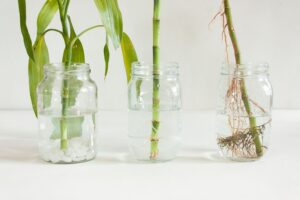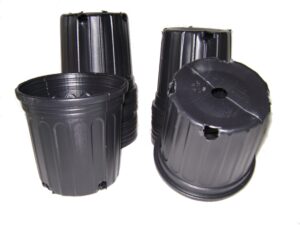
Water seepage through concrete floors can pose significant challenges for homeowners, leading to structural damage, mold growth, and compromised indoor air quality. Understanding the causes, identifying areas of water intrusion, and implementing effective solutions are essential steps in preventing water seepage and ensuring a dry and secure living environment.
I. Understanding the Causes of Water Seepage in Concrete Floors
A. Factors Contributing to Water Seepage
Water seepage in concrete floors can result from various factors, including poor drainage, cracks in the concrete, and hydrostatic pressure from groundwater. Addressing these underlying issues is crucial for preventing water intrusion and protecting the integrity of the structure.
B. Effects of Water Seepage
Water seepage can have detrimental effects on the foundation and indoor environment. Structural damage, mold growth, and compromised indoor air quality are common consequences of water intrusion, highlighting the importance of addressing this issue promptly and effectively.
C. Importance of Addressing Water Seepage Promptly
Ignoring water seepage issues can lead to costly repairs and potential health hazards. Prompt intervention is essential to mitigate damage, prevent further deterioration, and maintain a safe and healthy indoor environment for occupants.
II. Identifying Areas of Water Intrusion in Concrete Floors
A. Visual Inspection for Signs of Moisture
Conducting a visual inspection of the concrete floor can reveal signs of water intrusion, such as water stains, efflorescence, and dampness. These visual cues indicate areas where water is entering the structure and help guide further investigation and remediation efforts.
B. Conducting a Moisture Test
In addition to visual inspection, conducting moisture tests can provide valuable information about the extent of water seepage in concrete floors. Surface moisture testing, relative humidity testing, and calcium chloride testing are commonly used methods to assess moisture levels and identify problem areas.
C. Seeking Professional Assessment and Diagnosis
For complex or persistent water seepage issues, seeking professional assessment and diagnosis is recommended. Experienced professionals can conduct comprehensive inspections, identify underlying causes of water intrusion, and recommend appropriate solutions to address the problem effectively.
III. Implementing Solutions to Prevent Water Seepage
A. Repairing Cracks and Gaps in the Concrete
Repairing cracks and gaps in the concrete is essential for preventing water seepage. Epoxy injection, polyurethane sealants, and patching compounds are commonly used to seal cracks and restore the integrity of the concrete surface.
B. Improving Drainage and Grading Around the Foundation
Improving drainage and grading around the foundation can help redirect water away from the structure and prevent water seepage. Installing French drains, exterior waterproofing membranes, and sloping the soil away from the foundation are effective measures to enhance drainage and minimize water intrusion.
C. Installing Interior Waterproofing Systems
In addition to exterior measures, installing interior waterproofing systems can provide an extra layer of protection against water seepage. Sump pump installation, interior drainage systems, and vapor barrier installation are effective solutions for managing water intrusion and keeping concrete floors dry.
IV. Maintenance Tips to Prevent Future Water Seepage
A. Regular Inspection and Maintenance
Regular inspection and maintenance are essential for preventing future water seepage issues. Checking for cracks and damage, ensuring proper functioning of drainage systems, and monitoring indoor humidity levels can help identify and address potential problems before they escalate.
B. Implementing Preventive Measures
Implementing preventive measures can help minimize the risk of water seepage in concrete floors. Sealing concrete floors regularly, using water-resistant flooring materials, and keeping gutters and downspouts clean are effective strategies for reducing moisture intrusion and maintaining a dry environment.
C. Addressing Issues Promptly
Addressing water seepage issues promptly is critical for preventing damage and minimizing the impact on indoor air quality. Repairing cracks and leaks immediately, cleaning and drying water-affected areas thoroughly, and consulting with professionals for persistent problems can help ensure a safe and healthy living environment.
V. Conclusion: Ensuring a Dry and Secure Concrete Floor
Water seepage through concrete floors can compromise the integrity of a structure and pose risks to occupants’ health and safety. By understanding the causes, identifying problem areas, and implementing effective solutions, homeowners can prevent water intrusion, maintain a dry and secure living environment, and protect their investment in their property. Regular inspection, maintenance, and monitoring are key to ensuring the long-term durability and performance of concrete floors and creating a safe and healthy indoor environment for occupants.






